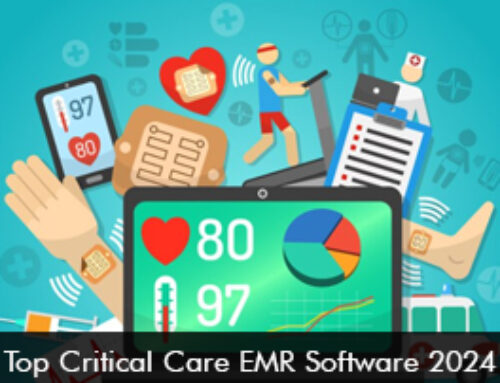Nursing homes offer residential care to elderly patients, senior citizens, and disabled people. Nursing homes may also be referred to as skilled nursing facilities or long-term care facilities. The older population is more vulnerable to getting sick and suffering from chronic conditions. The number of individuals who are 80 plus is projected to increase to 202 million in 2030. In the US almost 85% of residents residing in nursing homes are 65 years and over, hence nursing homes are critical to meet the future demand of elderly people.
Utilization of Telemedicine Solutions in Nursing Homes
Telemedicine EMR Software has been widely introduced and used in nursing homes to improve healthcare delivery. Here are some specific telehealth applications and use cases in nursing homes:
- Video consultations: Through telemedicine virtual sessions nursing home residents can have video consultations with specialists, physicians, and mental healthcare providers. It is a convenient way to receive quick medical advice and discuss treatment options without having to visit the doctor’s office.
- Remote Patient Monitoring: Vital signs and other health indicators of nursing home residents can be remotely monitored due to the technology of telemedicine software. Remote patient monitoring lowers the risk of problems by enabling prompt action and detecting changes in health status.
- Medication Management: The use of telehealth solutions can assist with effective medication management. Medication adherence can improve with virtual medication reviews which can boost health outcome levels.
- Wound Care: To manage difficult wounds, nursing home personnel can use telemedicine to seek advice and expertise from wound care specialists. Healthcare specialists can analyze the condition, make treatment recommendations, and remotely monitor the healing process by sending photos or videos of the wound.
- Physical Therapy and Rehabilitation: Telehealth EHR software can be deployed for physical therapy sessions in nursing homes. Through virtual sessions, residents can be guided, and given routine exercise.
- Emergency Support and Triage: Telemedicine can offer nursing homes crucial support and triage services during emergencies. Nursing home employees can get advice on urgent medical problems.
Benefits of Using Telehealth in Nursing Homes
Let’s look into the advantages of leveraging telemedicine software solutions by care homes.
- Through the robust platform, patients can receive timely care remotely, which helps to improve access to care.
- With telehealth solutions, nursing home residents can easily and conveniently receive care without having to travel down to the hospital.
- There can be time and cost savings, this is especially beneficial for nursing homes as they have limited resources at hand.
- Nursing home residents have access to the best of the breed-specialists who can offer expert advice and guidelines.
- Telemedicine facilitates better coordination and continuity of care between nursing homes and primary care providers.
- The timely access to medical expertise via virtual sessions helps to reduce visits to the ER.
Embracing Technology Solutions in Nursing Homes
Using virtual care solutions in nursing homes provides them an opportunity to enhance access to care and boost health outcome levels. It is important to keep in mind that telehealth cannot replace in-person visits and the best approach is to use telemedicine as a complementary tool to improve healthcare services offered to nursing home residents.







